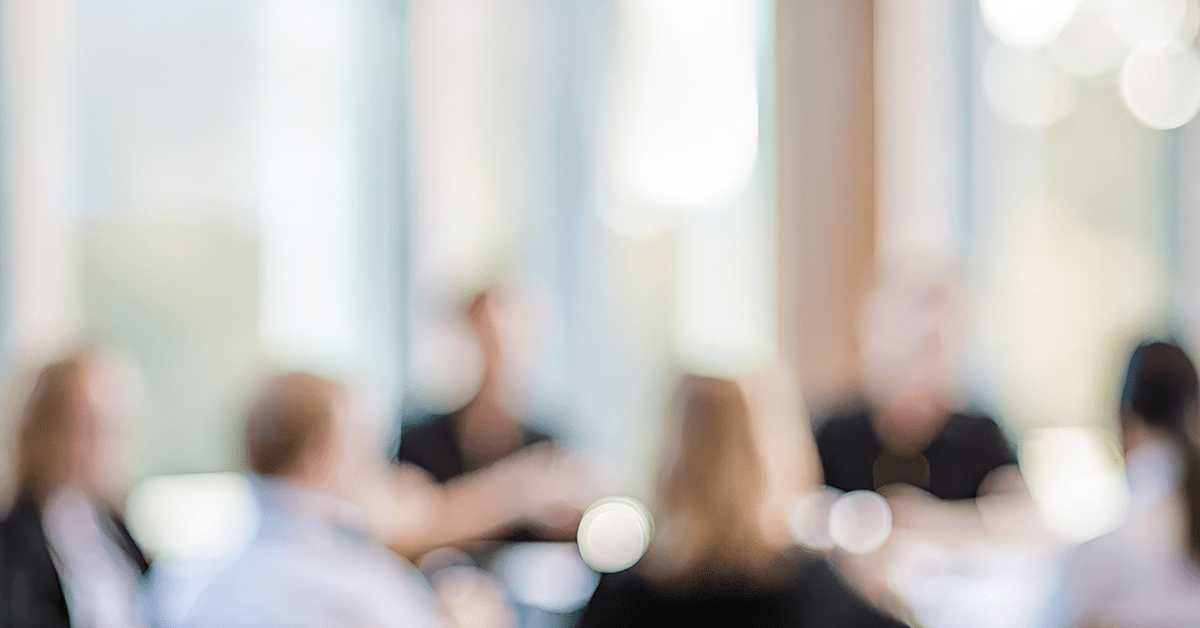Do you find it difficult to comprehend your customers’ experiences and requirements? Would you like to improve customer satisfaction and loyalty? In that case, creating a customer journey map could be the solution. In this piece, we will assist you in creating a customer journey map and offer some illustrations.
A customer journey map visually represents a customer’s experience with a company or brand. It provides insights into customers’ interactions with different touchpoints throughout their journey, including their emotions, motivations, and pain points. By creating a customer journey map, you can identify areas for improvement in your customer’s experience and develop strategies to enhance their satisfaction and loyalty.
What is a Customer Journey Map?
A customer journey map is a graphical representation of a customer’s interactions with a company. It typically includes multiple stages: awareness, consideration, purchase, and loyalty. The map outlines the customer touchpoints, which are the moments when the customer interacts with the company, such as visiting the website, contacting customer support, or receiving a product. The map also captures the customer’s emotions, thoughts, and actions at each touchpoint.
Why is a Customer Journey Map Important?
A customer journey map is essential for understanding your customers’ experiences and needs. It allows you to see the journey from the customer’s perspective and identify areas where you can improve their experience. By creating a customer journey map, you can:
- Understand your customer’s emotions, motivations, and pain points
- Identify areas for improvement in the customer experience
- Enhance customer satisfaction and loyalty
- Develop strategies to improve customer retention and acquisition
- Align your business goals with your customer’s needs
- Steps to Create a Customer Journey Map
Creating a customer journey map can be a straightforward process if you follow these steps:
Identify Your Customer Persona
Before creating a customer journey map, you need to identify your customer persona. A customer persona is a fictional representation of your ideal customer based on research and data. It includes demographic information, such as age, gender, and income, as well as psychographic information, such as values, attitudes, and behaviors. By identifying your customer persona, you can understand their needs, preferences, and behaviors.
Define Your Customer Touchpoints
Once you have identified your customer persona, you must define your customer touchpoints. Customer touchpoints are when the customer interacts with your company, such as visiting your website, calling customer support, or receiving a product. You can identify your customer touchpoints by reviewing customer data, such as customer feedback, website analytics, and sales data.
Capture Customer Emotions
After identifying your customer touchpoints, you need to capture your customer’s emotions. Emotions are essential to the customer experience, as they influence the customer’s perception of your brand. You can capture customer emotions by conducting surveys, interviews, or focus groups. You can also use social media monitoring tools to track customer sentiment.
Outline Customer Journey Stages
Once you have identified your customer touchpoints and emotions, you must outline your journey stages. Customer journey stages typically include awareness, consideration, purchase, and loyalty. You can customize these stages based on your business goals and customer needs.
Fill in the Details
After outlining your customer journey stages, you need to fill in the details. You should map out each stage’s customer touchpoints, emotions, and actions. You can use different visualization techniques to represent the customer journey, such as flowcharts, timelines, or personas.

See how Transmyt can drive massive amounts of growth for your business.
-
SEO – Unlock massive amounts of traffic.
-
Content Marketing – Our team creates engaging content that will get shared + attract customers.
-
Paid Media – Effective paid strategies with clear ROI.
-
Website Development – Cutting-edge technology platforms.
Examples of Customer Journey Maps
Let’s look at some examples to understand better how to create a customer journey map. Here are three customer journey maps for different industries:
E-commerce Customer Journey Map
Stage 1: Awareness
- Touchpoints: Social media, search engines, ads
- Emotions: Curiosity, interest, skepticism
- Actions: Click on links, read reviews, compare prices
Stage 2: Consideration
- Touchpoints: Website, email, chatbot
- Emotions: Excitement, confusion, frustration
- Actions: Browse products, ask questions, compare features
Stage 3: Purchase
- Touchpoints: Checkout, payment, confirmation
- Emotions: Satisfaction, anxiety, anticipation
- Actions: Add to cart, enter payment details, review order
Stage 4: Post-Purchase
- Touchpoints: Delivery, returns, feedback
- Emotions: Gratitude, disappointment, loyalty
- Actions: Receive the product, request returns, leave reviews
Healthcare Customer Journey Map
Stage 1: Awareness
- Touchpoints: Referral, online search, advertisement
- Emotions: Concern, confusion, hope
- Actions: Research condition, read reviews, schedule appointment
Stage 2: Diagnosis
- Touchpoints: Doctor’s office, lab tests, referrals
- Emotions: Fear, anxiety, relief
- Actions: Discuss symptoms, undergo tests, receive the diagnosis
Stage 3: Treatment
- Touchpoints: Medications, therapy, surgery
- Emotions: Hope, frustration, pain
- Actions: Follow treatment plan, manage side effects, attend follow-up appointments
Stage 4: Post-Treatment
- Touchpoints: Recovery, rehabilitation, maintenance
- Emotions: Gratitude, anxiety, motivation
- Actions: Recover from treatment, attend check-ups, manage symptoms
Banking Customer Journey Map
Stage 1: Awareness
- Touchpoints: Online search, ads, referrals
- Emotions: Interest, skepticism, confusion
- Actions: Research options, compare features, request information
Stage 2: Application
- Touchpoints: Website, phone call, email
- Emotions: Excitement, frustration, uncertainty
- Actions: Submit application, provide documentation, wait for approval
Stage 3: Use
- Touchpoints: Mobile app, ATM, customer service
- Emotions: Satisfaction, frustration, anxiety
- Actions: Check balance, make transactions, report issues
Stage 4: Post-Use
- Touchpoints: Feedback, loyalty program, account closure
- Emotions: Gratitude, disappointment, loyalty
- Actions: Leave feedback, join the loyalty program, close the account
Common Mistakes to Avoid
When creating a customer journey map, there are some common mistakes you should avoid:
Focusing too much on touchpoints and not enough on emotions
Ignoring the customer’s perspective and relying on assumptions
Using a one-size-fits-all approach instead of customizing the journey for each persona
Not updating the map regularly based on customer feedback and changes in the business
Benefits of a Customer Journey Map
Creating a customer journey map can bring many benefits to your business, including the following:
- Improved customer satisfaction and loyalty
- Increased revenue and customer retention
- Better alignment between business goals and customer needs
- Enhanced customer experience across all touchpoints
- Increased collaboration and communication among teams
- A better understanding of customer behavior and preferences
- More targeted marketing and sales strategies
Conclusion
Creating a customer journey map is a powerful way to enhance customer experience and improve business performance. Following the steps we outlined in this article, you can create a customer journey map that captures your customer’s emotions, needs, and behaviors. Remember to update the map regularly and use it to inform your business decisions and strategies.
FAQs
Do I need to create a customer journey map for every customer persona?
No, you can create a customer journey map for your most important customer personas or those that represent most of your customers.
Can I use software to create a customer journey map?
Yes, many software tools can help you create a customer journeys map, such as Lucidchart, Canva, or JourneyLabs.
How often should I update my customer journey map?
You should update your customer journey map regularly, at least once a year, or whenever you receive meaningful customer feedback or changes in your business.
Can a customer journey map help me identify new business opportunities?
Yes, a customer journey map can help you identify new business opportunities by highlighting areas where you can improve your customer’s experience or develop new products or services.
What are some common touchpoints in a customer journey map?
Common touchpoints in a customer journey map include website, social media, email, customer support, sales, delivery, and returns.
Keep Reading
Want more? Here are some other blog posts you might be interested in.
The MVP—Minimum Viable Product—has become gospel in startup circles. Build fast, test fast, fail fast. But in today’s crowded market, viability ...
The startup myth goes like this: work 20-hour days, pivot constantly, chase the high of the new. That’s what makes a ...
Most founders build their first leadership teams for speed, comfort, and alignment. Understandably, you’re strapped for time and need people who ...
For founders and growing companies
Get all the tips, stories and resources you didn’t know you needed – straight to your email!



